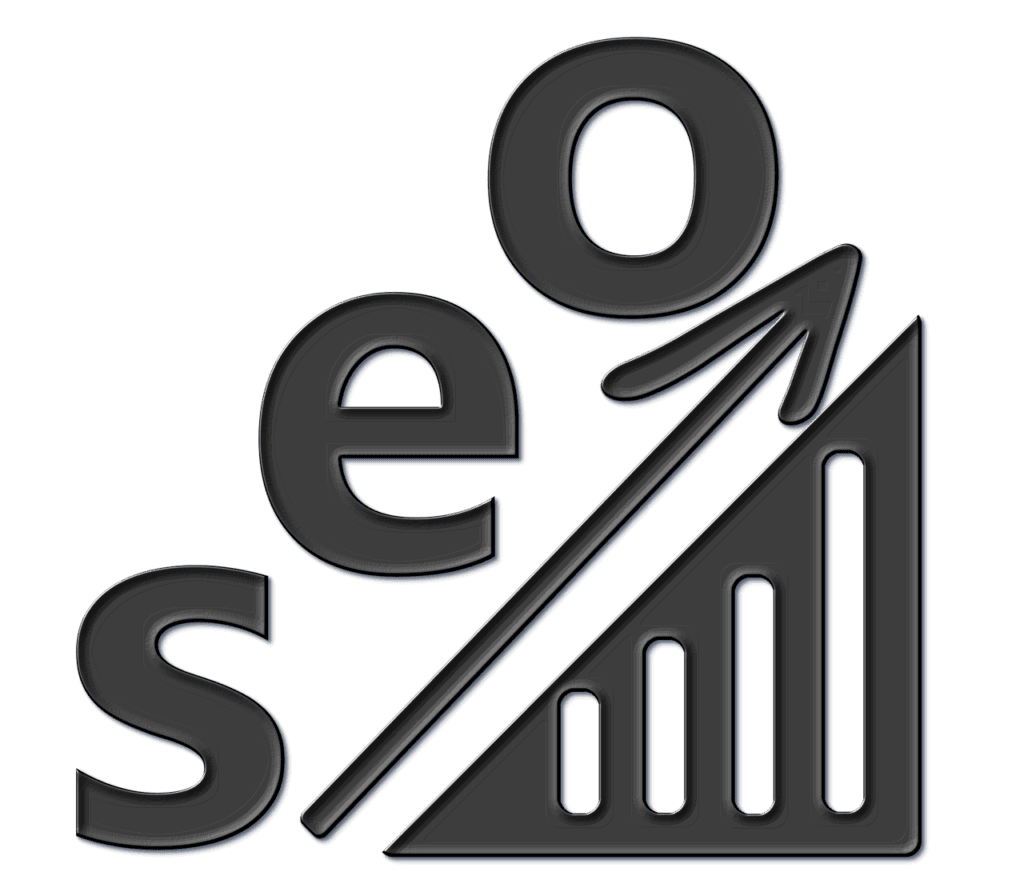In the compelling narrative of digital marketing, there exists a constant dance between two powerful forces – organic and paid search traffic. Each holds its unique rhythm, strengths, and nuances. For businesses looking to amplify their online presence, deciphering the intricate dynamics between these two can be the gateway to optimized strategies, enhanced visibility, and increased conversions.
This comprehensive guide aims to unravel the layers of organic and paid search traffic, showcasing how SEO analytics can be a powerful ally in not just understanding but mastering these forces. In the digital space, where data reigns supreme, the ability to dissect, analyze, and interpret traffic sources can be the difference between random visibility and strategic presence, between sporadic engagement and sustained relationships.
A Deep Dive into Organic Traffic
The Silent Grower
Organic traffic, often termed as the silent grower, is characterized by its gradual yet sustained growth pattern. It’s the audience that trickles in through search engines, led by the relevancy of your content and the authority of your domain. This is not traffic that’s bought; it’s earned, making it a cherished goal for many businesses.
SEO Analytics – The Revealer
SEO analytics comes into play as the revealer of patterns, strengths, and opportunities inherent in your organic traffic. It uncovers the keywords drawing users in, the content holding their attention, and the user journey that converts visits into engagements, subscriptions, or purchases.
Mastering the Organic Wave with SEO Analytics
Keywords: The Silent Attractors
SEO analytics showcases the performance of various keywords. For businesses, understanding which keywords are driving organic traffic is akin to unveiling the language their audience speaks. It’s about aligning content, offerings, and digital presence to the words, phrases, and queries that resonate with the audience.
Content Analysis: The Engagement Meter
Content stands as the bridge between visibility and engagement. SEO analytics measures the performance of content, offering insights into dwell times, bounce rates, and user interactions. For businesses, this data becomes the blueprint for content strategies, guiding the creation of content that’s not just visible but engaging, not just found but cherished.
Unravelling the World of Paid Search Traffic
Instant Visibility
Paid search traffic, in contrast, is characterized by its instant visibility. It’s the force that propels businesses into the spotlight, offering immediate reach, visibility, and engagement. But this instantaneity comes at a cost. Every click, visit, and engagement is paid for, making it imperative for businesses to optimize for value, relevance, and ROI.
SEO Analytics: The ROI Calculator
In the world of paid traffic, SEO analytics transitions from being a revealer to a ROI calculator. It measures the efficacy of paid campaigns, offering insights into click-through rates, conversions, and engagement metrics. Every dollar spent on paid traffic is accounted for, analyzed, and interpreted, ensuring that businesses optimize for maximum ROI.
Balancing the Scale: Organic vs. Paid Traffic
Diverse Yet Connected
While organic and paid traffic might seem like two distinct entities, in the intricate dance of digital marketing, they’re profoundly interconnected. Organic traffic builds the foundation, enhancing domain authority and credibility. In contrast, paid traffic offers the boost, the immediate visibility required to capture audience attention.
SEO Analytics: The Balancing Act
SEO analytics becomes the tool that ensures this balance. It ensures that organic traffic strategies are optimized for sustained growth while paid strategies are fine-tuned for immediate impact and ROI. It’s a balancing act, where data, insights, and analytics ensure that neither of the forces overshadows the other.
SEO Analytics Insights: Crafting a Dual Strategy
Insights into Audience Behavior
The e-commerce startup began to notice distinct patterns. SEO analytics revealed that the organic traffic, though slow to build, was bringing in users who were genuinely interested in the products. They interacted, explored, and often converted. On the other hand, paid traffic boosted visibility instantly, but the engagement was often short-lived.
Tailored Strategies
Armed with these insights, the startup embarked on a dual strategy. Paid search campaigns were optimized for immediate visibility and were particularly ramped up during new product launches or sales. Organic search, on the other hand, was nurtured to build a steady stream of engaged, loyal customers. Content was optimized, keywords were refined, and user experience was enhanced to bolster organic search rankings.
Key Insights and Takeaways
The Symbiotic Relationship
SEO analytics brought to light the symbiotic relationship between organic and paid search. For sustained digital success, neither could be ignored. Paid search offered the advantage of targeting, allowing the startup to reach specific audience segments with tailored ads. Organic search built credibility, drawing in users who were looking for genuine value and content.
The ROI Perspective
From an ROI perspective, SEO analytics helped the startup optimize its spending. Paid campaigns were analyzed for effectiveness, ensuring every dollar spent translated into tangible results. Organic search optimizations were focused on building content authority and domain credibility, ensuring a steady influx of traffic without ongoing costs.
The Art of Integrating Organic and Paid Search Strategies
The Harmonization Process
In the subsequent phase of the startup’s growth, the real magic unfolded when organic and paid search strategies were harmonized. SEO analytics showcased areas where the strengths of one could compensate for the weaknesses of the other.
Building Bridges
Paid search, with its ability to target specific demographics and keywords, became a tool to quickly draw attention to new content and offerings. Organic search, with its steady and engaged traffic, became the platform where these visitors were nurtured into loyal customers. Content marketing, user experience enhancements, and SEO optimizations ensured that visitors drawn in through paid ads stayed, engaged, and converted.
Future Trends: The Evolution of Search Traffic
The AI Revolution
As Artificial Intelligence (AI) and Machine Learning (ML) integrate deeper into digital marketing, the landscape of organic and paid search is poised for transformation. SEO analytics, powered by AI, will offer predictive insights, allowing businesses to anticipate trends, user behaviors, and search patterns.
Personalization
Personalization will become the cornerstone. Paid ads will be hyper-personalized, targeting users with offerings and content tailored to their specific needs and preferences. Organic search will evolve to offer personalized user experiences, where content, offerings, and interactions are customized to individual user behaviors and preferences.

Related: Check out our free SEO suite

Cross-Channel Marketing Synergies
A Unified Approach
One area where many businesses can elevate their strategies is in cross-channel marketing, which essentially refers to the integration and interaction between various marketing channels. In the context of organic and paid search traffic, a cross-channel approach ensures that the strengths of one complement the strengths of another, enhancing the overall effectiveness.
Analytics and Insights
SEO analytics can be employed to glean insights not just individually for organic and paid traffic, but to understand how these two intertwine and influence each other. It helps businesses to see the broader picture, understanding the user journey that might begin with a paid ad and culminate in an organic search, or vice versa.
The Role of Social Media
Amplifying Reach
Social media, with its pervasive influence, plays a crucial role in augmenting both organic and paid search strategies. An effective social media strategy, guided by detailed analytics, can amplify the reach of content, bolstering organic traffic, while also serving as a platform for targeted paid promotions.
Interplay of Data
Understanding the data flow between social media and search engines, and using SEO analytics to decode this data, can offer businesses actionable insights to optimize both their organic and paid strategies effectively.
Content Marketing Dynamics
The Backbone of Engagement
Content marketing is often the backbone that supports both organic and paid search efforts. The quality, relevance, and value of content directly impact the effectiveness of paid promotions and the traction gained by organic efforts.
SEO Analytics for Content Optimization
Using SEO analytics to tailor content strategies, identifying what resonates with the audience, can significantly enhance the impact of both paid ads and organic search performance.
Mobile Optimization
A Pivot of Engagement
In a world rapidly shifting towards mobile-first experiences, the optimization of both organic and paid search for mobile devices is non-negotiable. The user experience, content layout, ad formats, and loading speed all contribute to the effectiveness of a brand’s digital presence.
Real-Time Insights
SEO analytics plays a pivotal role here, offering real-time insights into mobile user behaviour, engagement metrics, and conversion patterns. This data guides businesses to tailor their strategies, ensuring that both organic and paid search initiatives are optimized for the mobile audience.
Integrating Artificial Intelligence (AI)
Precision Targeting
AI’s role extends beyond predictive analytics. In the context of paid search, AI can optimize ad placements, targeting parameters, and bidding strategies to enhance ROI. In organic search, AI tools can provide insights into user behaviour, content preferences, and emerging trends, enabling businesses to tailor their content and SEO strategies with precision.
Data Synthesis
SEO analytics, augmented by AI, synthesizes vast datasets to offer actionable insights. For businesses, this means strategies that are not just data-informed but are adaptive, evolving in real-time to meet the dynamic nature of user behaviour and market trends.
Conclusion
The intricate weave of organic and paid search traffic creates a tapestry of opportunities and challenges for businesses aiming to mark a significant digital footprint. Each thread of this tapestry, be it the immediacy of paid search or the credibility of organic traffic, the amplifying power of social media, or the foundational strength of content marketing, holds a distinct value. Mobile optimization and AI integration are not just additional elements but are catalysts, accelerating and amplifying the impact of search traffic strategies.
READ NEXT:
- SaaS Startups and SEO: Tailored Strategies for Software Companies
- Utilizing SEO Analytics to Optimize Startup Landing Pages
- SEO Analytic for Startup Local Businesses: Location Insights
- How to use Mailify: An Explainer
- Why Contract Management is Important for Your Business: in 2023 (7+ Reasons)






















Comments are closed.